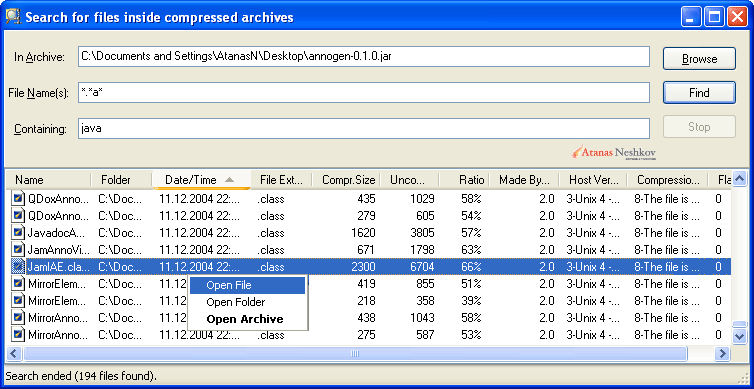


IPFS files are one example of IPLD data, but IPLD can also be used to access data from Ethereum, Git, and other hash-addressed systems. Data linked in this way forms a Directed Acyclic Graph, or DAG, and you'll likely see a few references to DAGs in the documentation for IPLD and IPFS. IPLD is a specification and set of implementations for structured data types that can link to each other using a hash-based Content Identifier (CID). The type of data stored in CARs is defined by IPLD, or InterPlanetary Linked Data. You can think of them like TAR files that are designed for storing collections of content addressed data. The Content Archive format is a way of packaging up content addressed data into archive files that can be easily stored and transferred. We'll also see several methods of creating and manipulating Content Archives using command line tools and an overview of the libraries you can use in your application's code. This how-to guide will explain the basics of Content Archives and how they're used by the Web3.Storage API. However, if you're using the HTTP API, or if you want more control over the structure of the IPFS data graph, you may want to work with Content Archives directly. When you upload files to Web3.Storage using the client library, your data is converted into a graph of data structures, which are then packed into a format called a Content Archive (CAR) before being sent to the Web3.Storage service.įor most use cases, you never need to know about this process, as the conversion happens behind the scenes when using the client library. Community Help & support Working with Content Archives


 0 kommentar(er)
0 kommentar(er)
